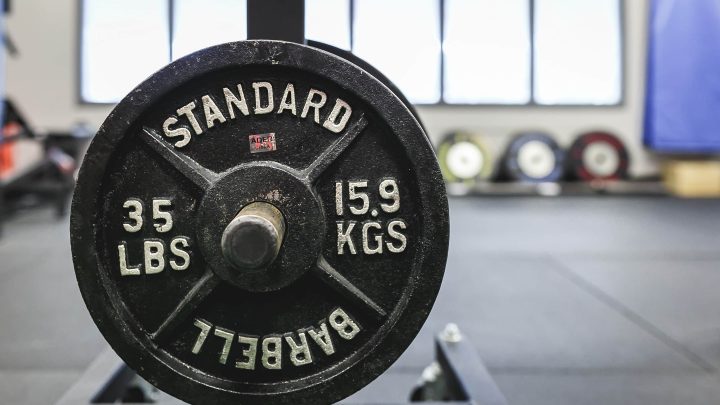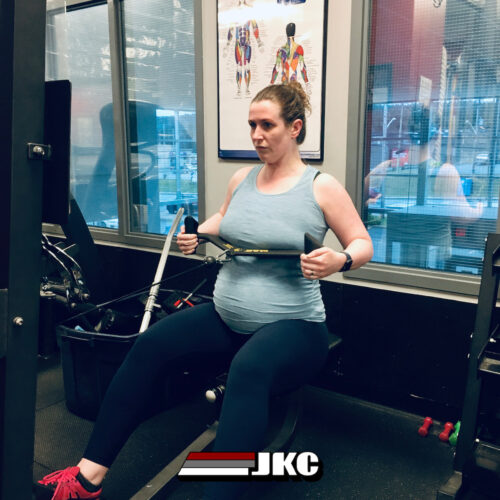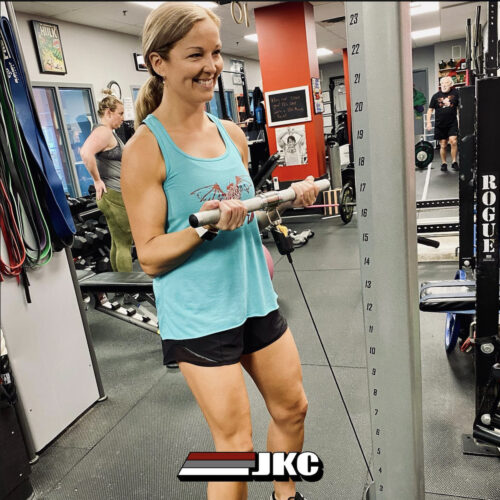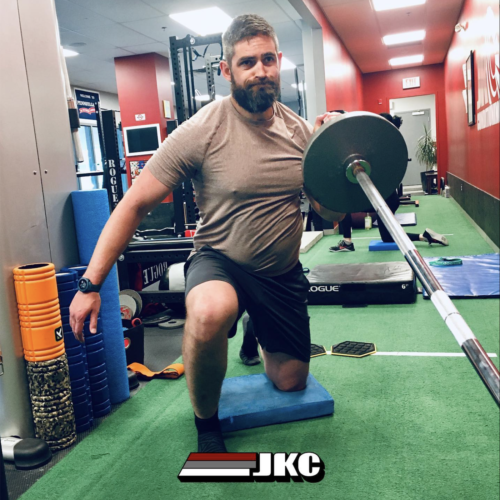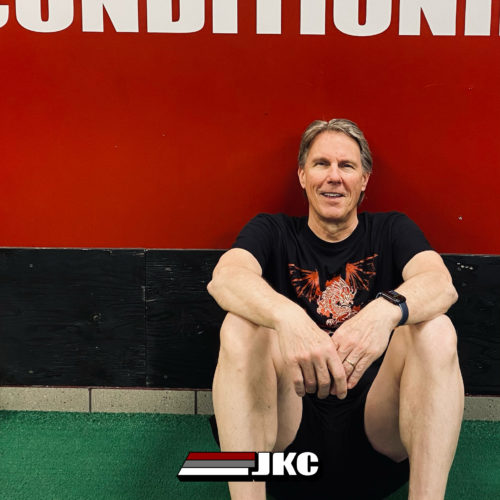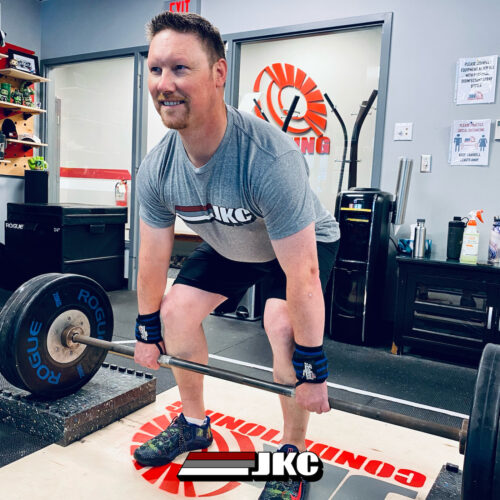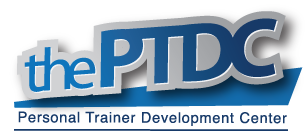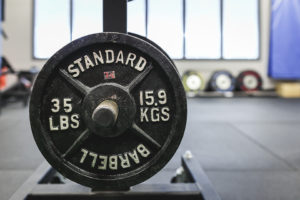
We’ve all been there, the day (or whole week) after a tough leg workout, hobbling around like someone twice our age, barely able to straighten our knees due to the pain. While many people accept that soreness following a tough workout is a necessary evil on the road to better health, many of us do not understand what causes it and if it truly is necessary for our fitness goals.
What causes exercise soreness?
First things first, the soreness that is experienced following a workout is called “Delayed Onset Muscle Soreness” or “DOMS” for short. So what causes DOMS? Well, at some point you have likely heard someone suggest that it is due to lactic acid accumulation in the muscle. While this is a commonly held belief, it has largely been debunked as studies show lactic acid levels in muscle return to normal approximately one hour post exercise and DOMS persist for up to 72 hours in many cases (Cheung, Hume & Maxwell, 2003). The currently accepted theory on the cause of DOMS suggests that high force muscular contractions (such as those experienced during a workout), damage muscle and connective (tendons and ligaments) tissue. The damage results in a localized inflammatory response at the site of the muscle damage resulting in the extended soreness and associated swelling and pain in the region (Cheung, Hume & Maxwell, 2003).
Is soreness necessary for my goal to get swole?
In short, no. Muscle soreness is a very poor indicator of workout quality. Several studies (Nosaka, Newton & Sacco, 2002; Rodenburg, Bar & De Boer, 1993) have found that self-perceived delayed onset muscle soreness severity correlated very poorly with more established measures of muscular fatigue.
So how do I know if I had a good workout then?
The easiest way to ensure your workout is a productive one is to use the “overload” principle. Simply put, your goal each week is to progress in some way from the week before. This may involve adding 5 more pounds to an exercise or performing a few more reps with the same weight.
The Take Home Message:
Post-exercise soreness is called “Delayed Onset Muscle Soreness” or DOMS. It is likely caused by a localized inflammatory response that occurs as a result of resistance training. While common convention suggests that soreness indicates workout quality, numerous studies suggest that it is not a very reliable measure for this purpose.
References:
Cheung, K., Hume, P.A., Maxwell, L. (2003). Delayed onset muscle soreness: Treatment Strategies and performance factors. Sports Medicine, 33(2), 145-164.
Nosaka, K., Newton, M., Sacco, P. (2002). Delayed-onset muscle soreness does not reflect the magnitude of eccentric exercise-induced muscle damage. Scandinavian Journal of Medicine and Science in Sports, 12(6), 337-346.
Rodenburg, J.B., Bar. P.R., De Boer, R.W. (1993). Relations between muscle soreness and biomechanical and functional outcomes of eccentric exercise. Journal of Applied Physiology, 74(6), 2976-2983.
Prepared for the JKC blog by Coach Thomas.
Photo credit: JP Mullowney
